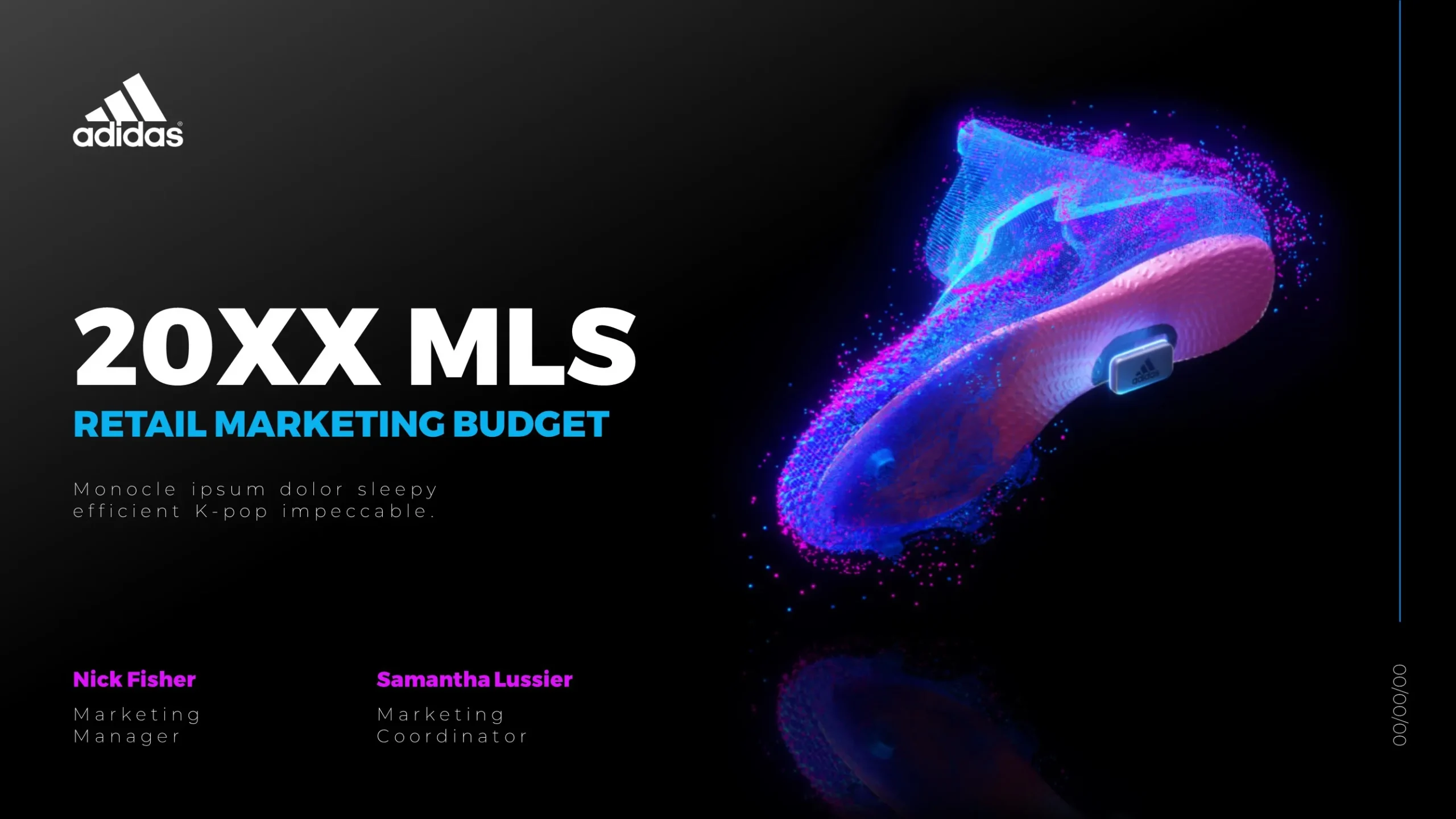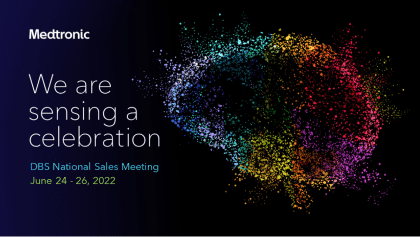Infographics serve as powerful communication tools, particularly in conveying complex medical information like the urgency of early sepsis detection to healthcare providers. By leveraging a combination of visual elements—such as charts, graphs, icons, and illustrations—infographics can simplify intricate data into digestible formats that enhance understanding and retention. For instance, using color-coded visuals can effectively highlight critical statistics on sepsis prevalence and outcomes if detected early versus late. Additionally, infographics can incorporate flowcharts or timelines to illustrate the progression of sepsis symptoms and the importance of timely interventions.

Moreover, integrating real-life case studies or testimonials within an infographic can create an emotional connection that emphasizes the human impact of timely detection. This narrative approach not only informs but also motivates healthcare professionals to prioritize early intervention strategies in their practice. Infographics are easily shareable across digital platforms and medical conferences, allowing for a broader reach among practitioners who may benefit from this vital information.
Ultimately, a well-designed infographic tailored specifically for healthcare audiences ensures clarity while motivating action towards improving patient outcomes related to sepsis management.









